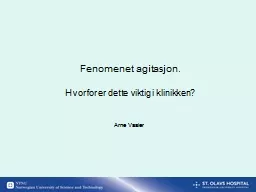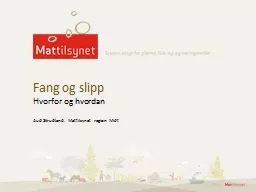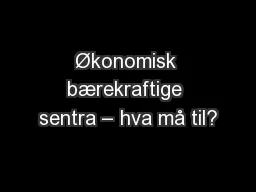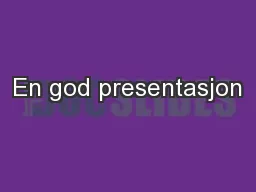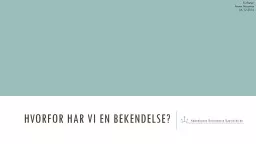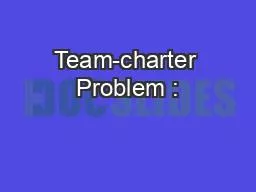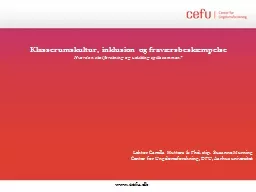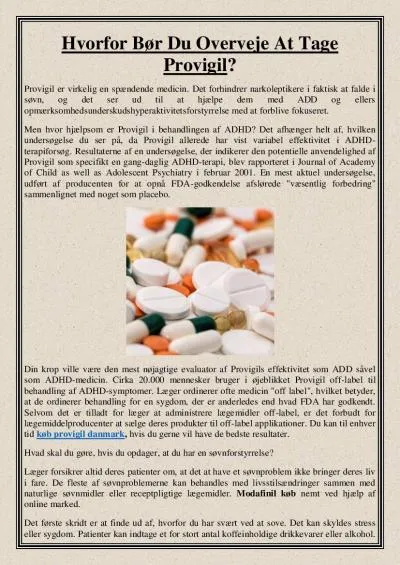PPT-Fenomenet agitasjon. Hvorfor
Author : dailyno | Published Date : 2020-06-16
er dette viktig i klinikken Arne Vaaler Covering What is agitation Definitions assessments Epidemiological aspects Clinical consequences burden of illness
Presentation Embed Code
Download Presentation
Download Presentation The PPT/PDF document "Fenomenet agitasjon. Hvorfor" is the property of its rightful owner. Permission is granted to download and print the materials on this website for personal, non-commercial use only, and to display it on your personal computer provided you do not modify the materials and that you retain all copyright notices contained in the materials. By downloading content from our website, you accept the terms of this agreement.
Fenomenet agitasjon. Hvorfor: Transcript
Download Rules Of Document
"Fenomenet agitasjon. Hvorfor"The content belongs to its owner. You may download and print it for personal use, without modification, and keep all copyright notices. By downloading, you agree to these terms.
Related Documents

